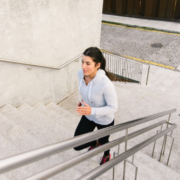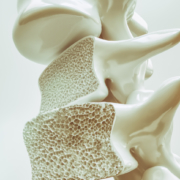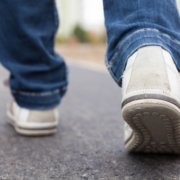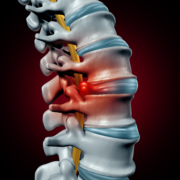How Chiropractic Keeps Spinal Joints Healthy
Healthy joints have obvious benefits, including aiding in movement, keeping you flexible and allowing you to stay active. The health of some of your joints is readily apparent—you only have to bend your knees, ankles, elbows or wrists to see how they are functioning at any given moment. But there are some joints in your body that are even more important, although you may not be as aware of them. The joints in your spine, where each vertebra connects to another, are vital to the normal, healthy function of your body. Without healthy spinal joints, you can expect pain and loss of mobility, among other unpleasant symptoms.
Fortunately, keeping your spinal joints healthy is made much easier with regular chiropractic care. Periodic visits to your chiropractor will help you keep your spine operating as well as it possibly can, year in and year out!
Ways that Chiropractic Aids Spinal Joint Health
1. Increasing circulation.
Stiffness in the spine can be caused by a variety of issues, including trauma and degenerative disc disease. While chiropractic cannot prevent the wear and tear that life often brings, it can do a lot to heal that damage. One way that adjustments aid in healing is by increasing circulation to your spinal discs and surrounding tissues. Increased circulation brings in healthy nutrients and removes undesirable material, making it possible for your spine to heal more thoroughly than without good circulation.
2. Reducing or eliminating pain.
Back pain can make living a normal life difficult if not impossible. Depending on the frequency and severity of the pain, you may find yourself unable to do many of the things you once enjoyed. Even if you do not lose mobility, back pain can distract and upset you every time it shows up.
The pain in your back can most likely be alleviated through chiropractic care. By returning your spine to proper alignment, your chiropractor can ease pressure on the nerves in your back and encourage muscles and other soft tissue to release. Over time spinal adjustments can greatly reduce or even eliminate back pain, which will help you stay active and improve the health of your spinal joints.
3. Increasing mobility.
Pain in your spine and/or neck is usually accompanied by a loss of mobility. Your muscles may seize up in an effort to protect your spine, which can make it impossible to move normally. Even if you are not suffering from muscle spasms, consistent back and neck pain can make you hesitant to move in ways that will trigger pain. Over time, the lack of movement can cause the body to stiffen and weaken. The longer this goes on, the less likely you are to get the physical activity you need to keep your joints mobile and your body strong.
Chiropractic adjustments are capable of breaking up the stiffness that holds you back. By returning your spine to proper alignment, circulation is increased, pain is decreased, muscles release and mobility returns. It can take time to get back to the way you want to be, but it is time well spent.
Joint Health Requires Consistency
The best way to keep your spinal joints healthy over the long-term is to make regular visits to your chiropractor while also maintaining a healthy diet and exercise regimen. Every individual is different, which is why it is important to get customized treatment from your chiropractor. By establishing a relationship with your chiropractor, you can ensure that you are always on the right track for spinal joint health.
Check out our website @ www.ocwc.ca. Or contact us today @ 780-952-2312 to schedule an appointment with our team.










